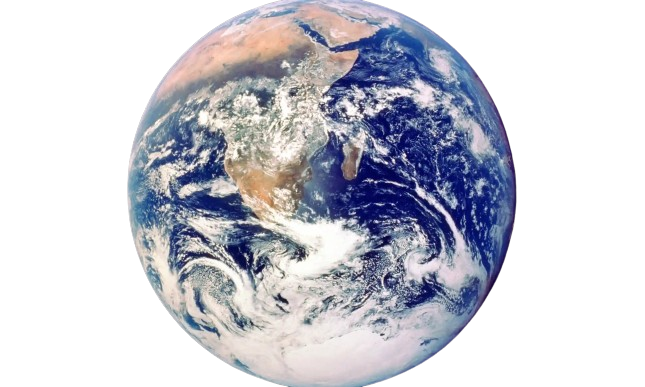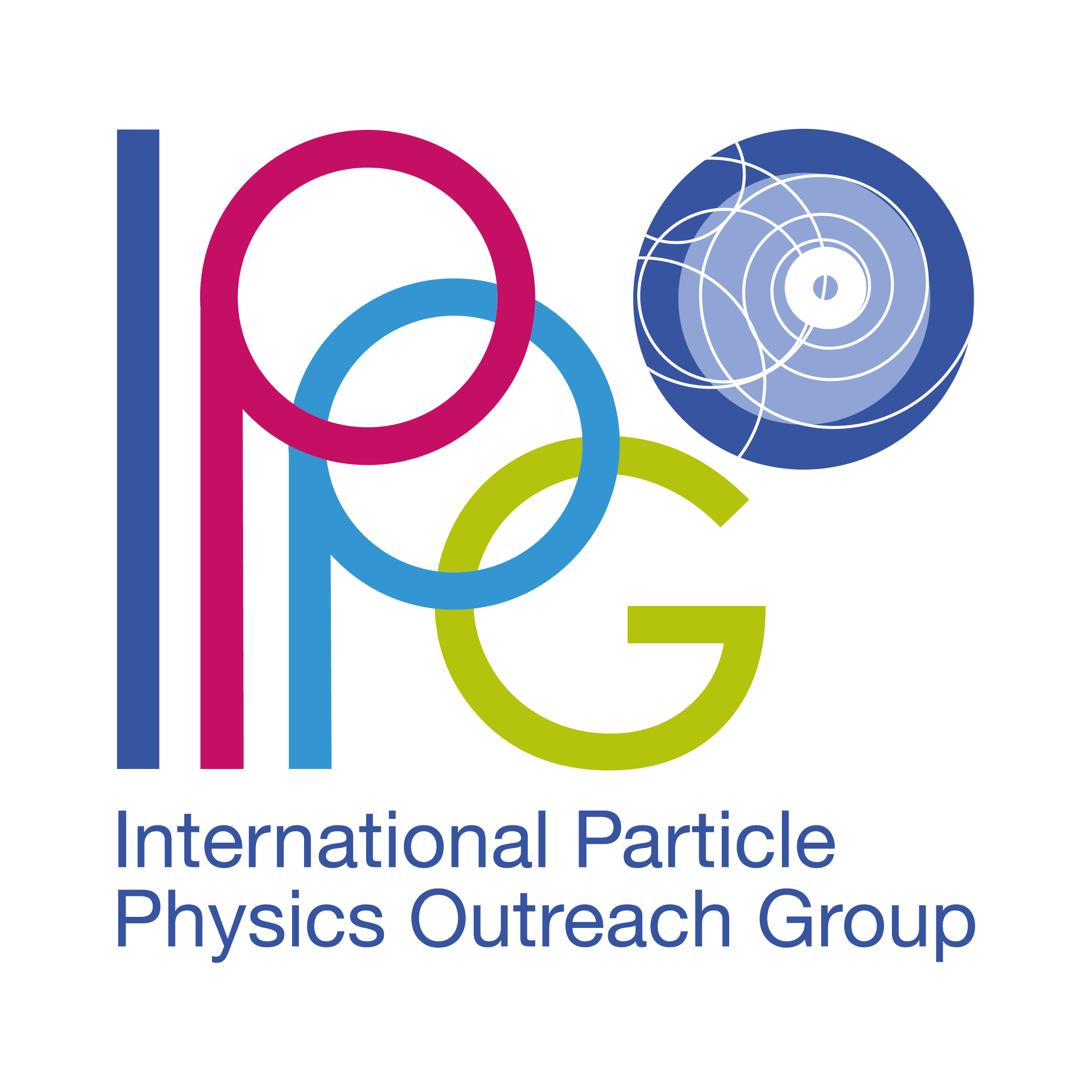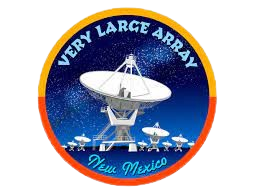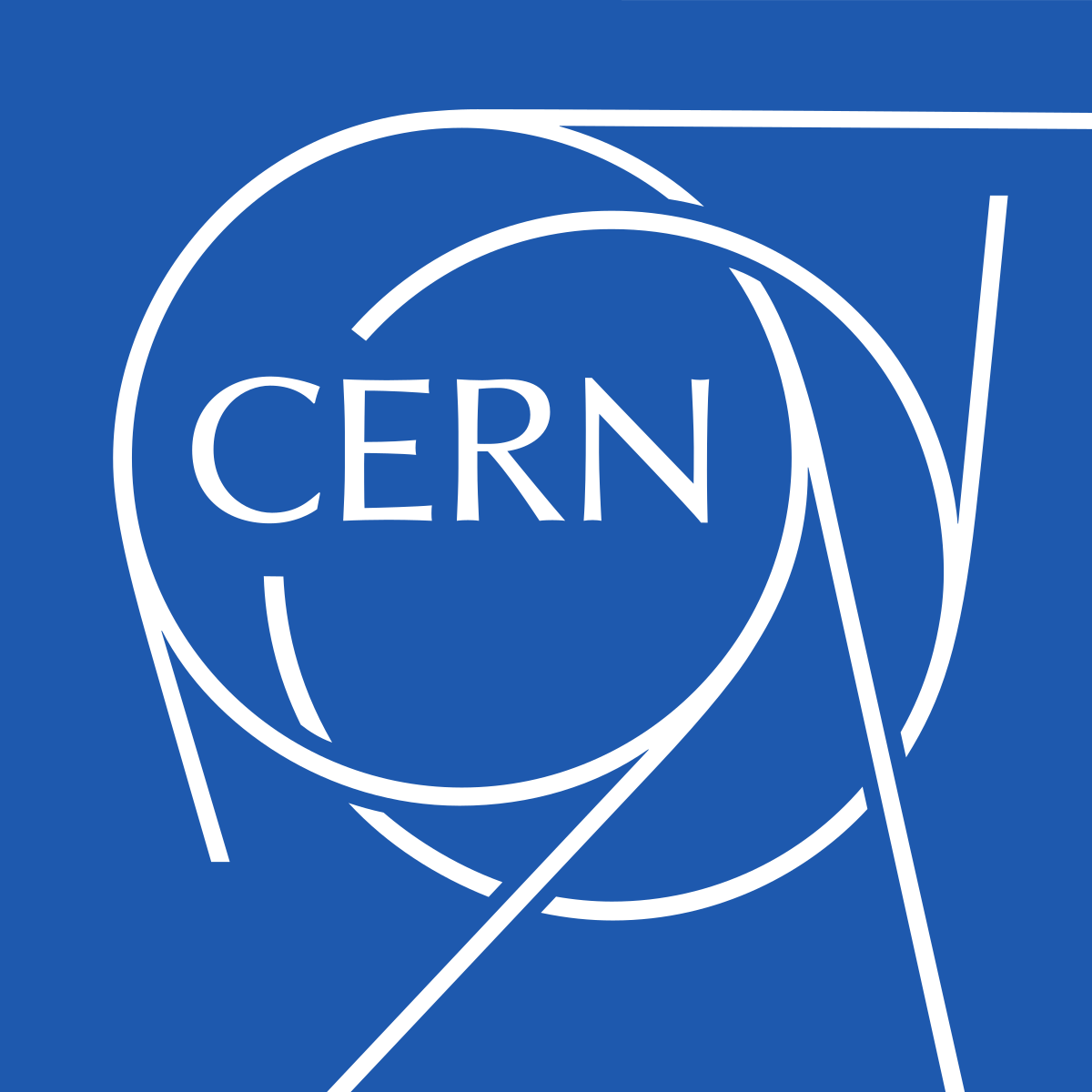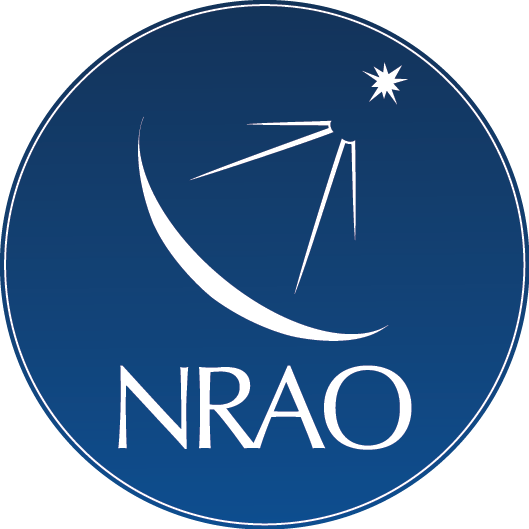Jump into the STEMarts Design Tool which guides you through the stages of the design process.
Design Tool
The creative design process has several steps: identifying challenges, doing research, designing and testing solutions, gathering feedback, improving on the design and sharing the final result. Engineers and artists engage in this process to create new technologies, installations, and products. Follow these easy steps to create your design.
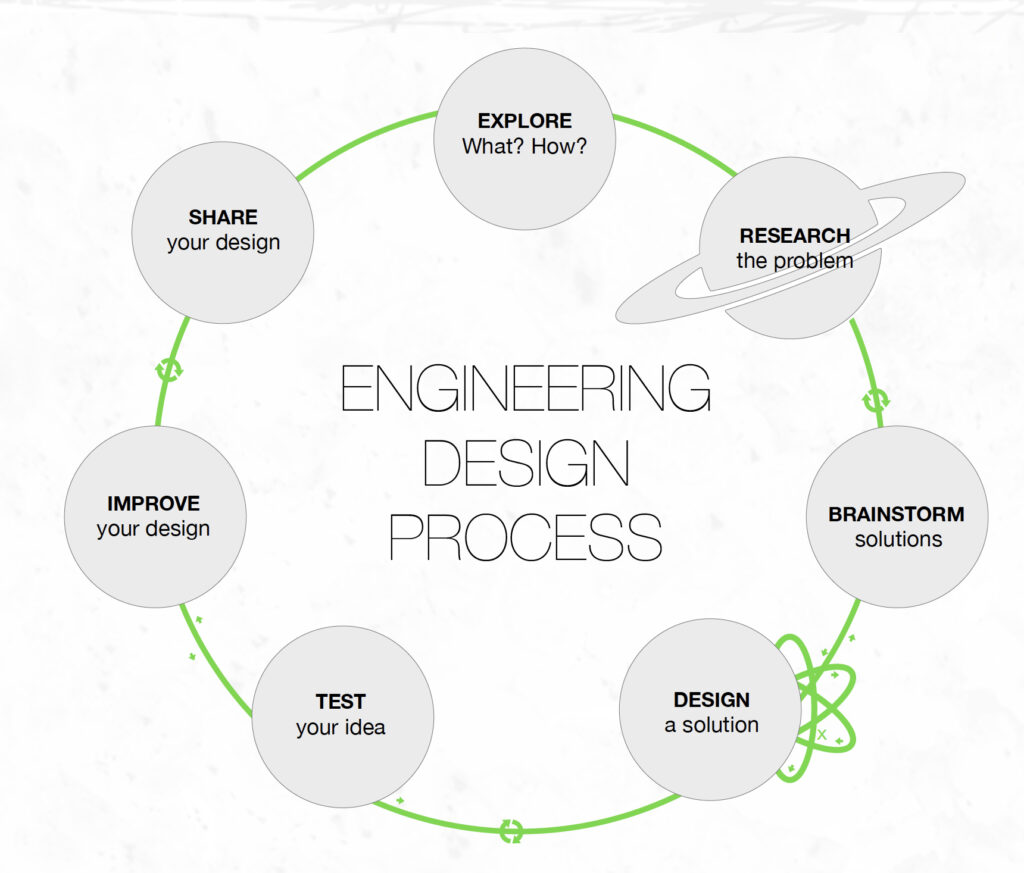
STEMarts Design Tool
Navigate through the STEMarts wiki by entering the “Explore” keyword to uncover curated links, articles, and videos relating to Space topics. Use keywords to refine ideas and find inspiring solutions.
Explore the United Nations Sustainable Development Goals and the Space4SDGs to identify topics of interest. Search through the ‘Research’ links to uncover the fusion of art, science, and technology, providing essential insights to shape your designs. Keep track of your findings and resources as they will be crucial references for developing your Design Statement.
Experiment with different materials, markers, colored pencils, or free graphics programs such as GIMP or Canva. Go through several iterations and sketches and hone in on the features that make your design stand out in quality and purpose. Get feedback on your designs and work through any challenges.
Create your final design. Remember that designs will be judged for quality of presentation, creativity and innovation, as well as scientific research. Write your design statement to explain the space-related science and technology behind your design. Give a detailed explanation on how your invention meets the design criteria.
The final stage is to submit your drawing and design statement electronically following the submission guidelines. Review the design criteria to be sure you are meeting all the requirements.
STEMarts Wiki
The STEMarts Wiki contains all the curriculum content to inspire and inform your designs through curated links. Here, you will find links to articles, images, videos, and tutorials that we have collected from the web around the topics of art, science, culture, phenomena in space, and technology.
You can navigate the STEMarts-Wiki by entering keywords into the search field or clicking through the word cloud. Word clouds visualize the amount of information available on a topic – the bigger the word in the cloud, the more links to discover.
The STEMarts-Wiki is just a starting point. We encourage you to do your own research to see what you find. You can type in keywords for each stage of the design process: Explore, Research, Brainstorm, Design, and Submit. This will give you the resources that you need for each stage of the design process. You can also just have fun clicking on keywords in the word cloud to see what you discover. Have fun!
*ENABLE POP-UPS ON YOUR BROWSER
Art Artful Tools astrobiology Astrophysics Avatar Greet Biodiversity CERN Citizen Science Communication CONNECT Cosmology Data Sonification Data Visualization design Discovery Earth ESA Exploration EXPLORE Futures Futures Thinking Gravity Indigenous Science KERNEL Life in space Light light festival Messages Mixed Reality Modeling NASA Observation Open Source Particles Philosophy Physics Quantum Physics Remote Sensing Research Resource Satellite Satellites Science SDGs sensors Sound Soundscapes Space Space Matters Spin Offs Sustainability Teacher Tool Technology Tech Tools Thinking UN video mapping view all Waves Wearable Tech
Topics to Explore
The following thematic units were created to provide science-based resources and a launchpad to inform student designs. Explore as a class and then have students pick one of these thematic units to envision how space science and technologies can improve life on Earth for all citizens. The final product can be anything they can imagine, such as fashion, transportation, climate solutions, industrial products, or science communication.
PHYSICS OF SPACE
Understanding the intricacies of the universe involves recognizing patterns and interpreting signals. From ancient cosmologies to modern sciences, humans have sought answers about our origins and place in the cosmos. Remarkably, the elements comprising our bodies originated from stars billions of years ago, underscoring our profound connection to the universe. Physics delves into the fundamental properties of matter, space-time and energy and how subatomic and atomic processes power cosmic phenomena.By developing the technologies to study the many types of particles and waves that space sends us, scientists are unraveling the mysteries of the universe and our connection to it.
Design Process Connection: Explore the fundamental building blocks of the universe and the ways in which scientists interpret signals from space. Consider incorporating principles of particle physics and astrophysics into your design concepts to come up with innovative science-based solutions. Explore humanity’s connection to the cosmos.
STEMarts Wiki Tags: Particles, Physics, Astrobiology, Messages, Gravity, Waves, Light
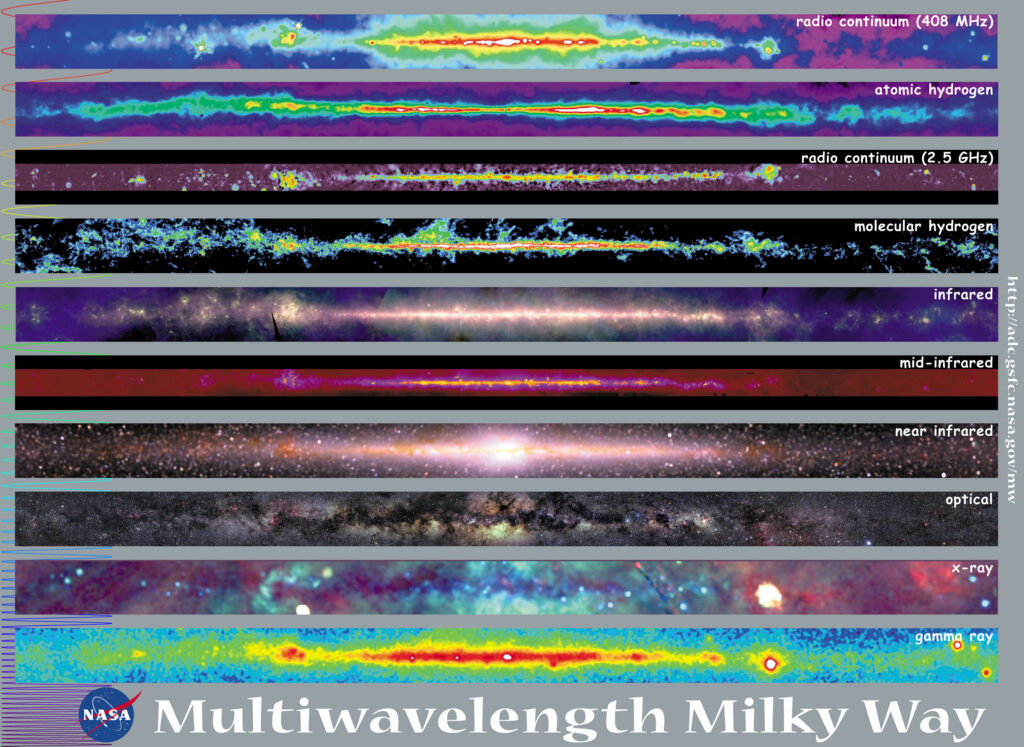
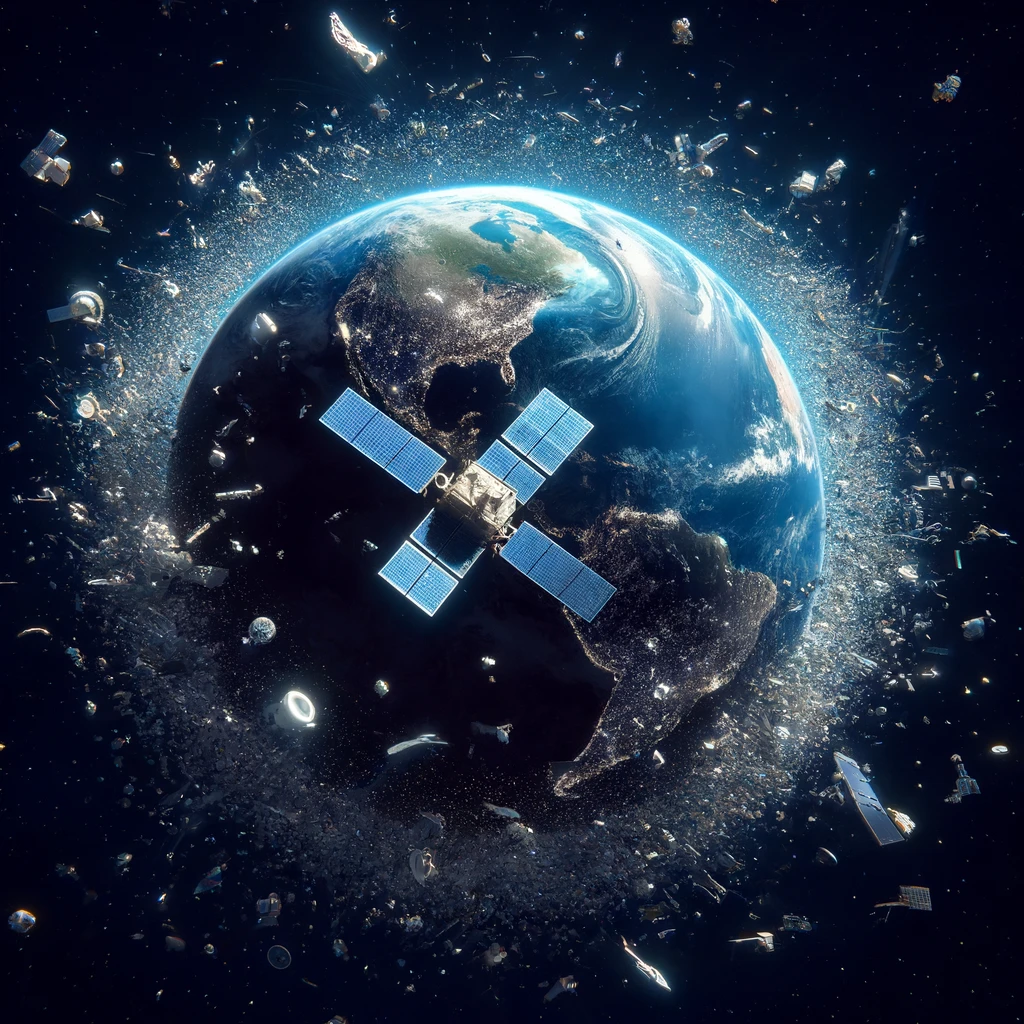
SCIENCE COMMUNICATION
Futures thinking is a mindset. Embracing futures thinking involves actively shaping the future through creative problem-solving and innovation. Organizations like the United Nations Office of Outer Space advocate for equitable access to space exploration benefits, emphasizing the importance of collective action in shaping our interactions with new frontiers. How can we use future thinking to communicate and educate others on why space and the United Nations SDGs matters to humanity and life on Earth?
Design Process Connection: Space exploration has expanded our understanding of the universe. How can your design help bring this knowledge to all citizens and inspire curiosity and activism for the sustainable development of space.
STEMarts Wiki Tags: Futures Thinking, SDG
LIFE IN THE UNIVERSE
Humanity’s adaptability has been evident throughout history, as we’ve developed strategies to thrive on Earth. Yet, our actions have yielded both positive and negative impacts on the planet and its ecosystems. Astrobiologists and astrogeologists probe the possibility of life beyond Earth, examining the origins of life and studying celestial bodies for signs of habitability. These inquiries prompt reflection on our collective journey and the potential implications of venturing into space, while yielding innovations such as improve agricultural practices here on earth.
Design Process Connection: Reflect on the adaptability of life forms and the potential for extraterrestrial exploration. Consider how your design can incorporate innovations that address the challenges and opportunities presented by life beyond Earth, integrating elements of sustainability, adaptability, and coexistence with diverse ecosystems for solutions here on earth.
STEMarts Wiki Tags: Life in Space, Astrobiology, Climate change
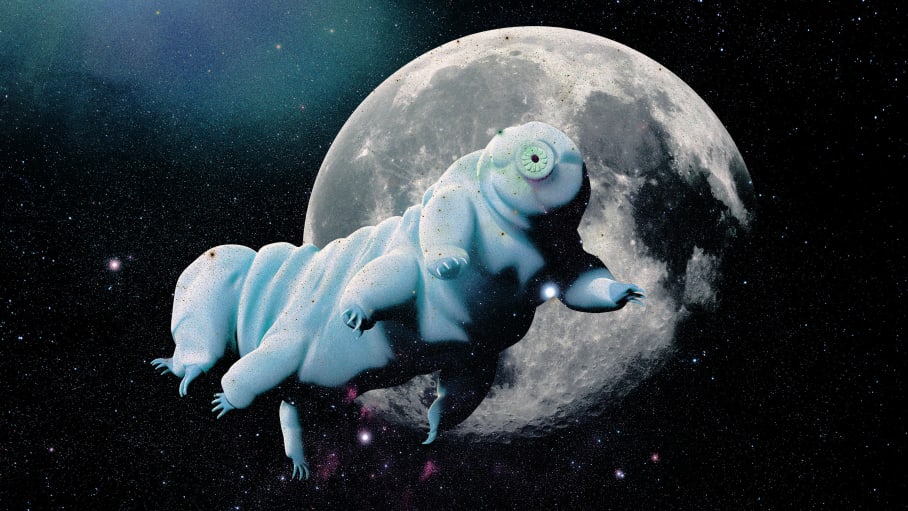

HUMAN AS SENSOR
Technology serves as an extension of human ingenuity, enabling us to overcome physical limitations and explore the cosmos. From microscopes and satellites, to remote sensors and artificial intelligence, technology empowers us to observe and interact with the universe on various scales. Innovations born from space exploration, known as spinoffs, have transformed everyday life, underscoring the interconnectedness of space and Earth technologies.
Design Process Connection: Consider the role of space technology in shaping our understanding of the universe to enhance human capabilities. Explore how your design can leverage technological advancements real and imagined to benefit the human being. Explore transhumanistic themes, wearable technologies and health monitoring for ideas. Think critically about the ethical implications of technology and its potential to shape humanity and its future.
STEMarts Wiki Tags: Sensor, Technology, Spin Off, Wearable Tech


